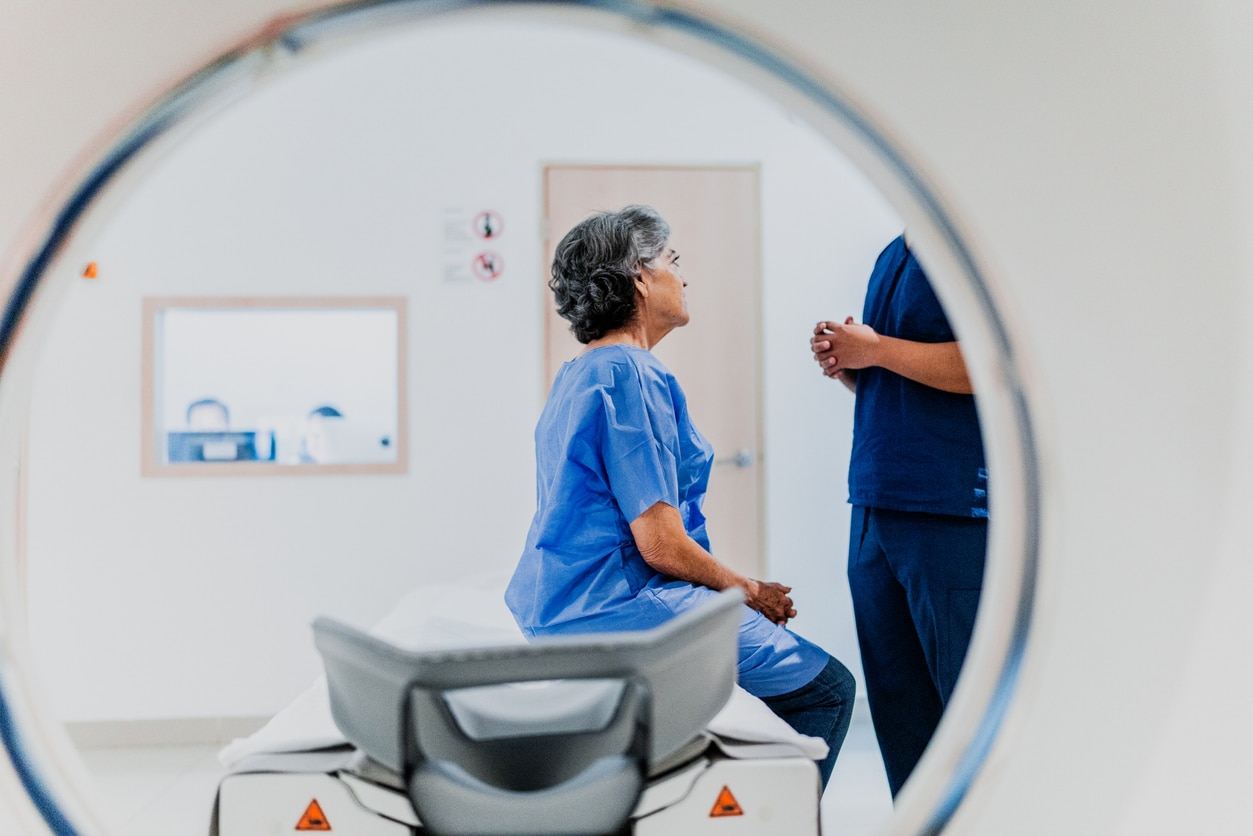When you’re dealing with persistent ear, nose, and throat (ENT) symptom like chronic congestion or a severe sore throat, you don’t want to wait for answers. In-office CT scanning is one method we use to get you the best care as quickly as possible.
What Is a CT Scan?

A CT (computerized tomography) scan is a medical imaging technique that uses a combination of X-rays and computer technology to produce detailed images of the body.
Why Is In-Office CT Scanning Better?
In the past, patients needing CT scans for ENT issues were referred to off-site imaging centers or hospitals. These extra appointments only lengthened the time between seeking help and receiving treatment. In-office CT scanning allows ENT experts to get high-resolution imaging right in their clinics—shortening the time it takes to get the answers you need about your health.
Why Would I Need a CT Scan?
An in-office CT scan can help in several ways, including:
- Diagnosing chronic sinusitis by identifying blockages or inflammation in the sinuses
- Evaluating a deviated septum to assess the extent of nasal obstruction
- Examining ear disorders, like cholesteatomas or otosclerosis, by providing detailed images of the temporal bone and inner ear structures
- Detecting facial trauma, including fractures or damage to the nasal and sinus bones
- Investigating hearing loss and tinnitus by pinpointing potential causes
By providing detailed imaging for conditions like sinus issues, nasal obstructions, ear disorders, facial trauma, and hearing concerns, an in-office CT scan helps your ENT provider form an accurate diagnosis and a clear treatment path.
What Should I Expect From an In-Office CT Scan?
An in-office CT scan is a quick, straightforward procedure:
- Before the scan. Before the scan, you’ll remove all metal objects, including glasses, hearing aids, and necklaces. Next, you’ll lie on a table while the technician adjusts your head and neck to focus on the specific area being scanned.
- During the scan. During the scan, the CT machine will rotate around your head for about a minute. You’ll need to lie still to get the best images possible.
- After the scan. After the scan, your ENT provider will review the images and discuss their findings with you. Depending on the results, they may set up your treatment plan in the same appointment.
For more information on in-office ENT scanning, call our experts at Midwest Ear, Nose & Throat Specialists today.
